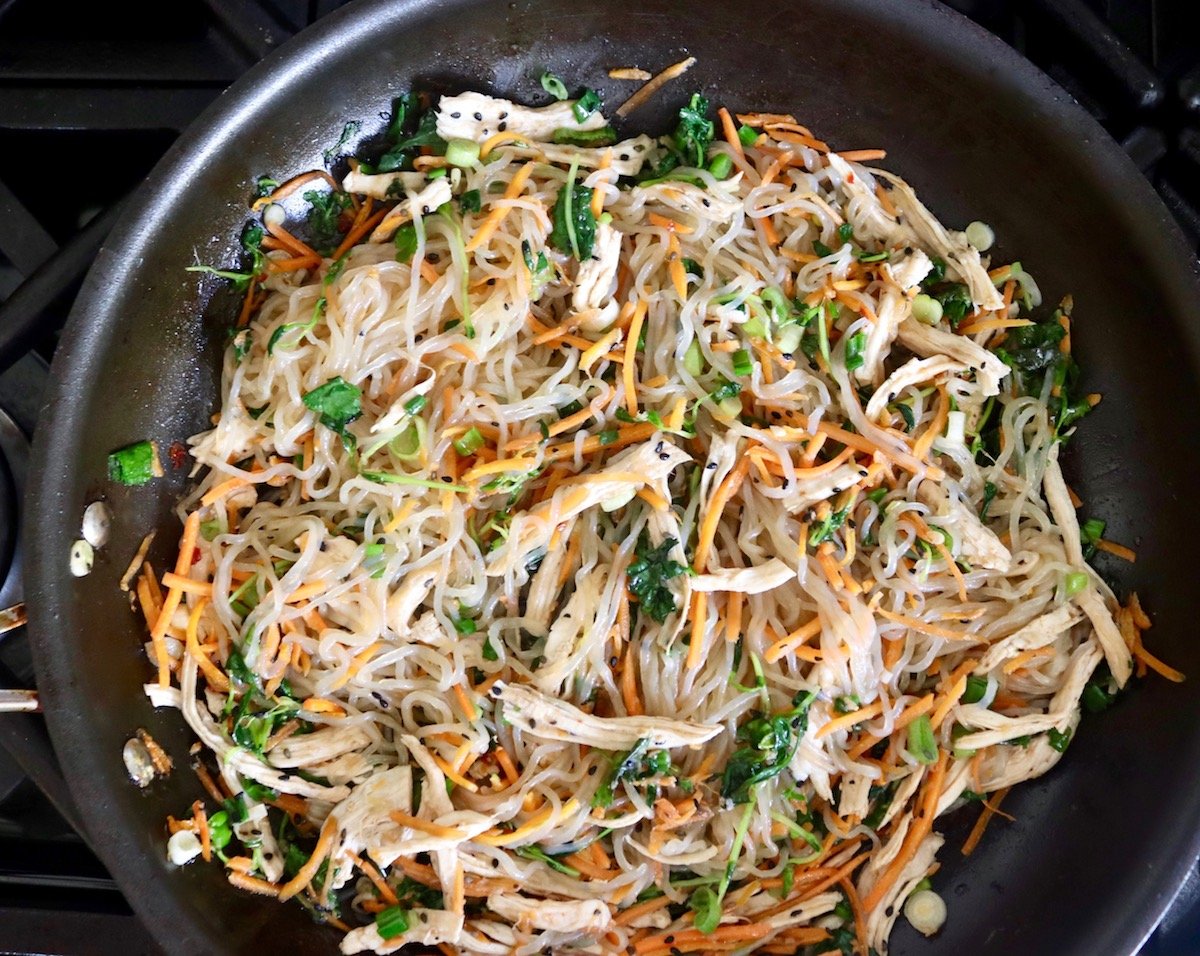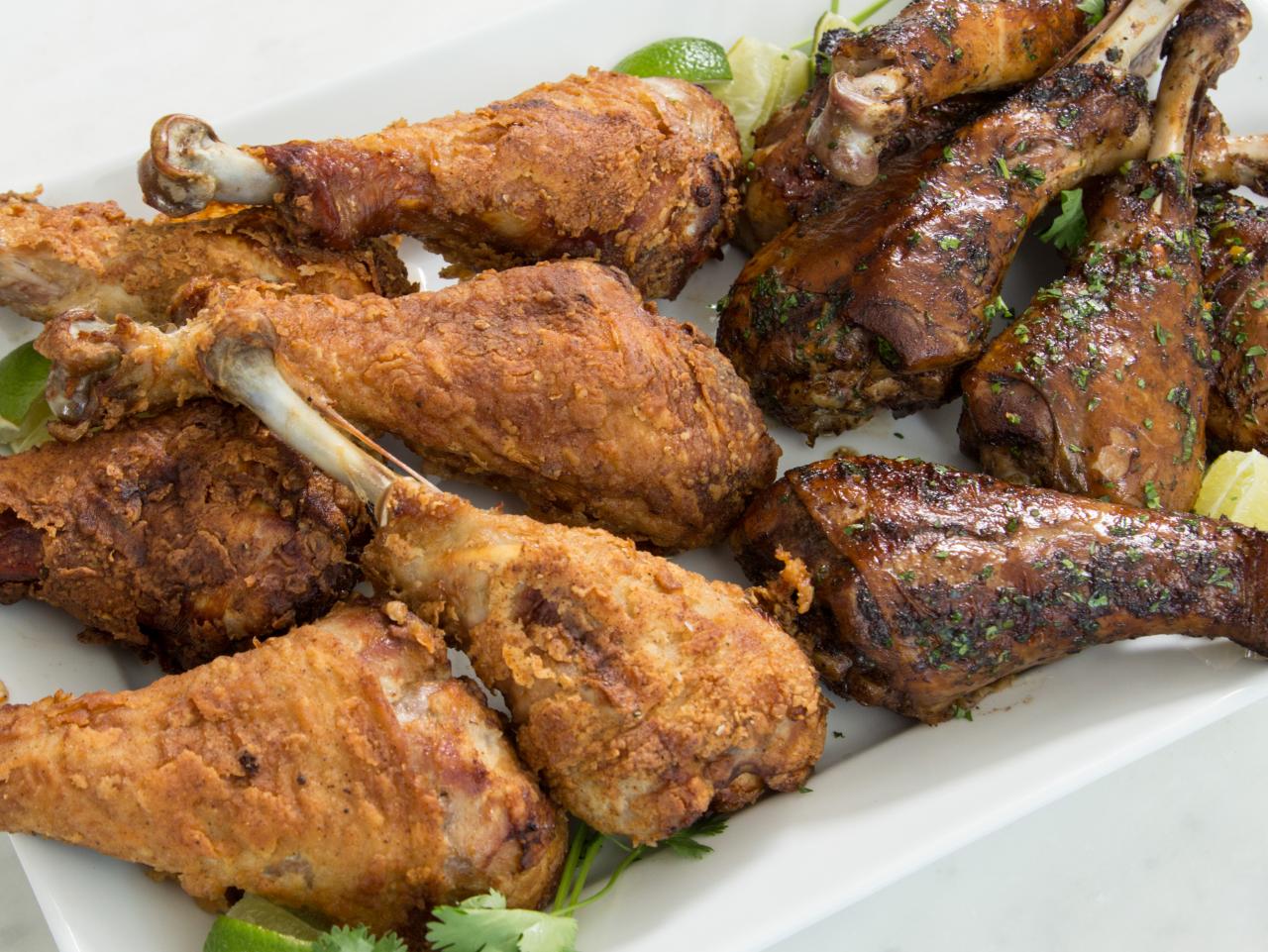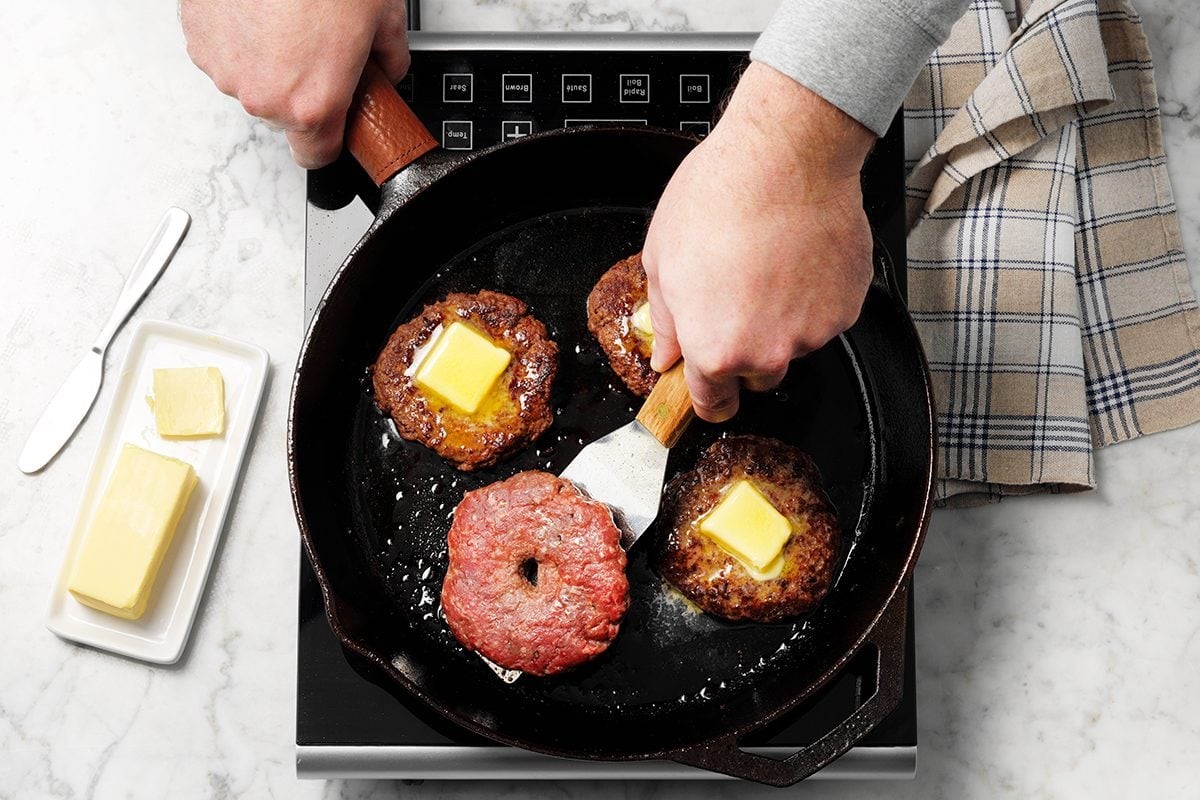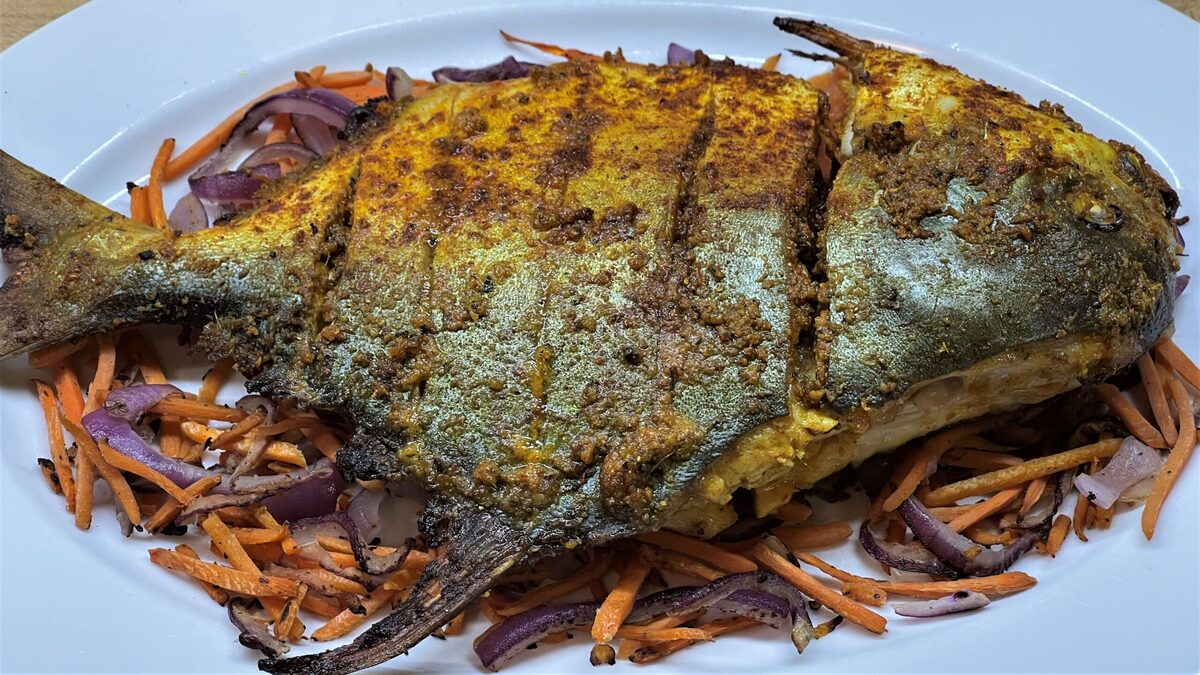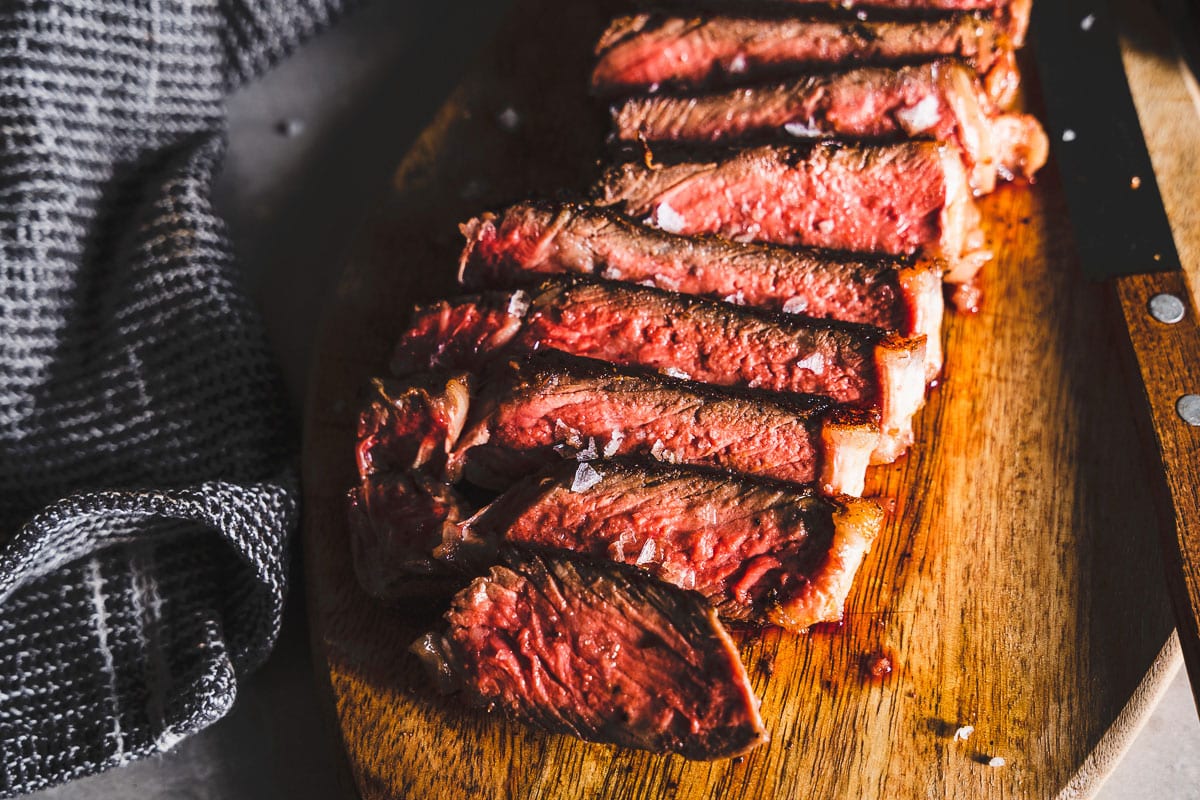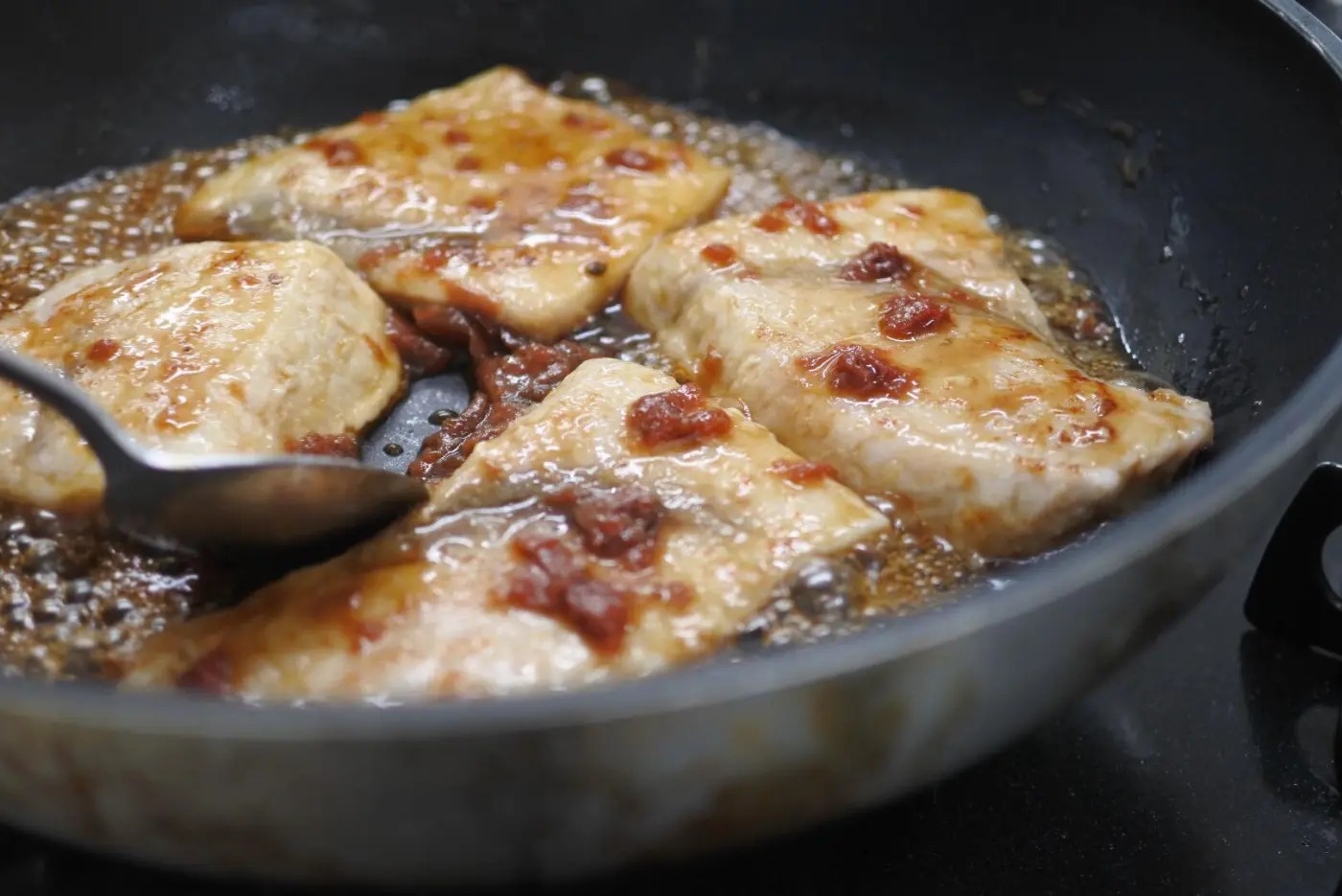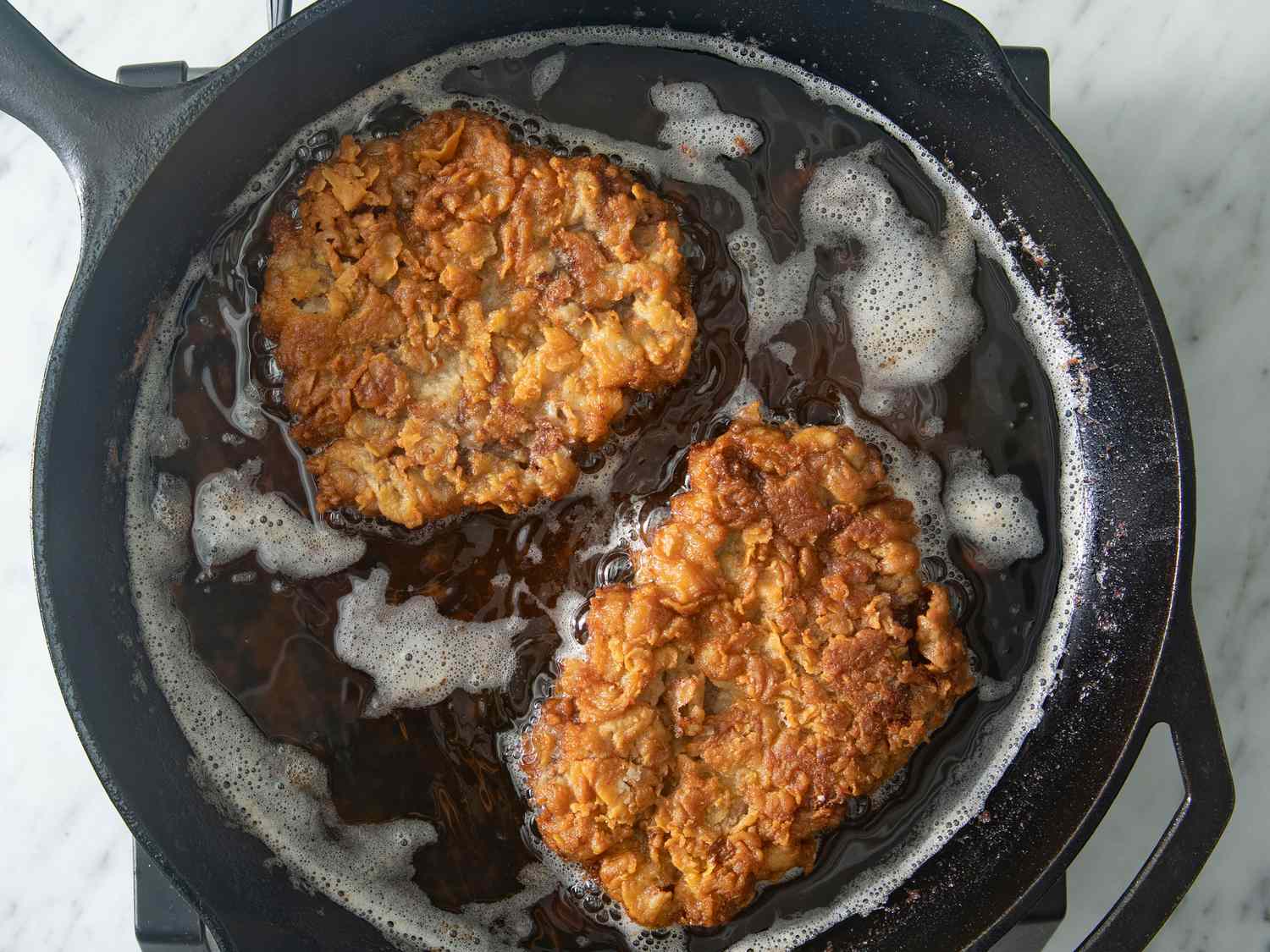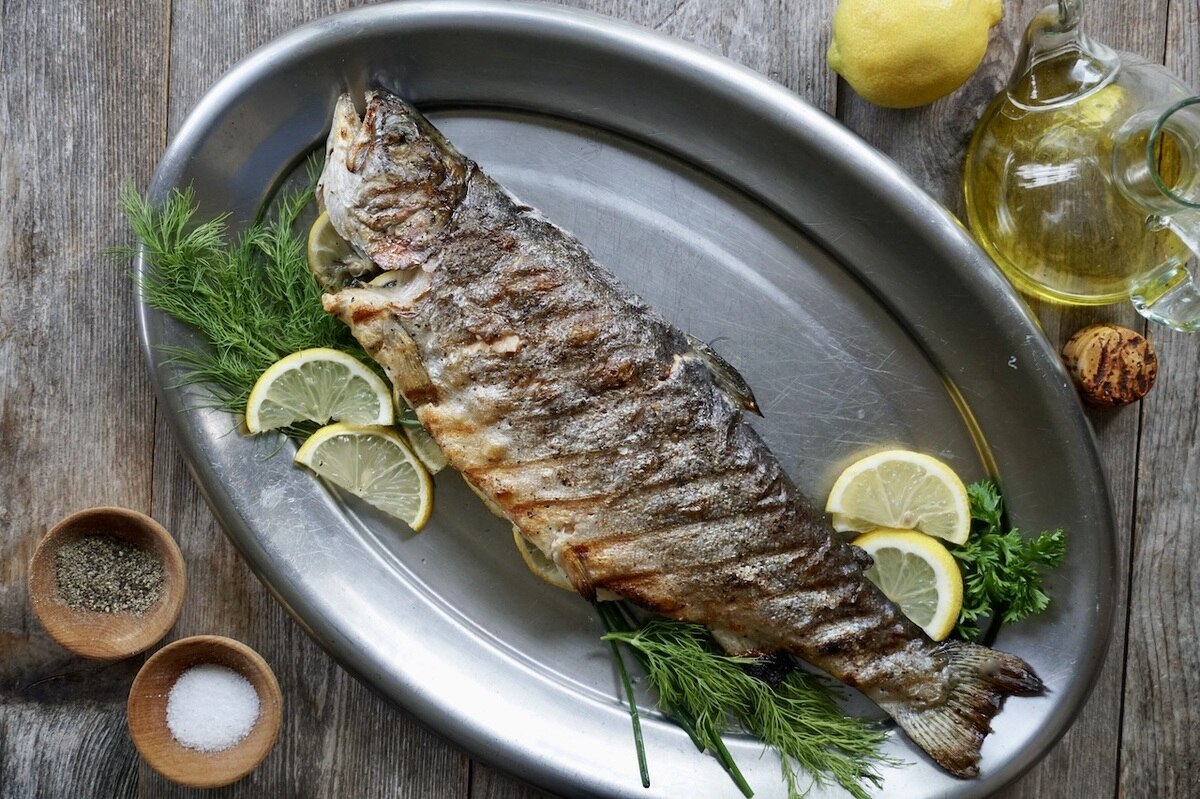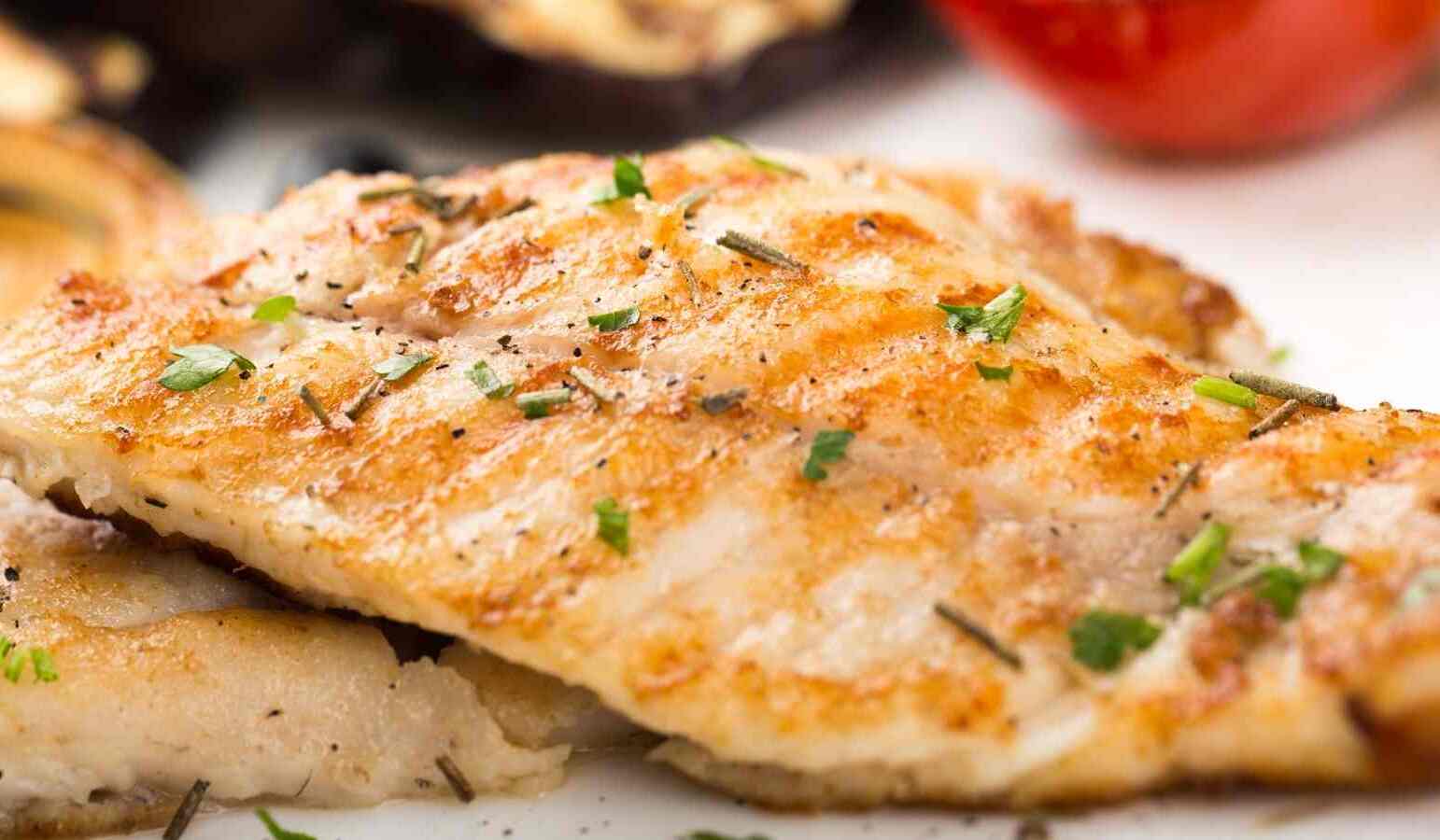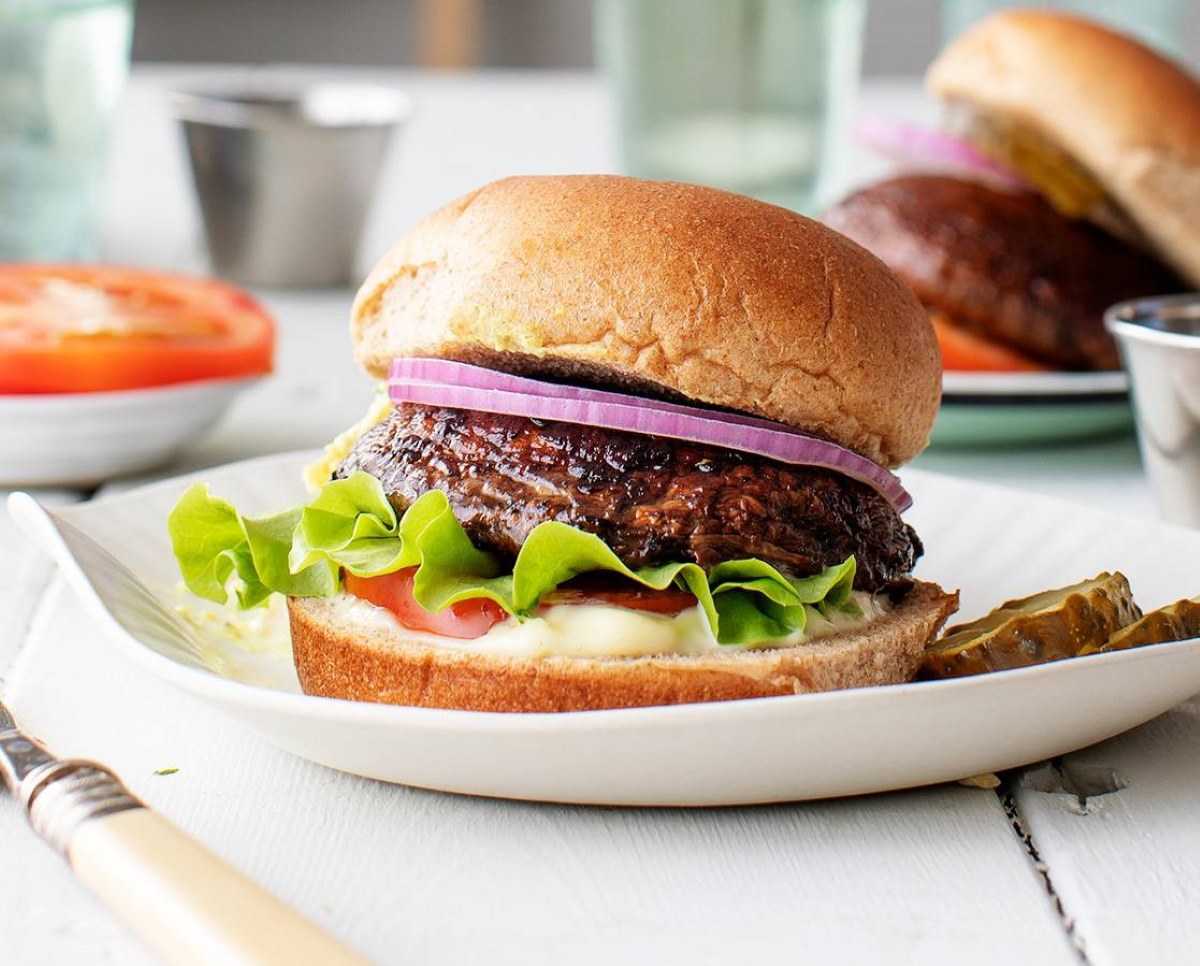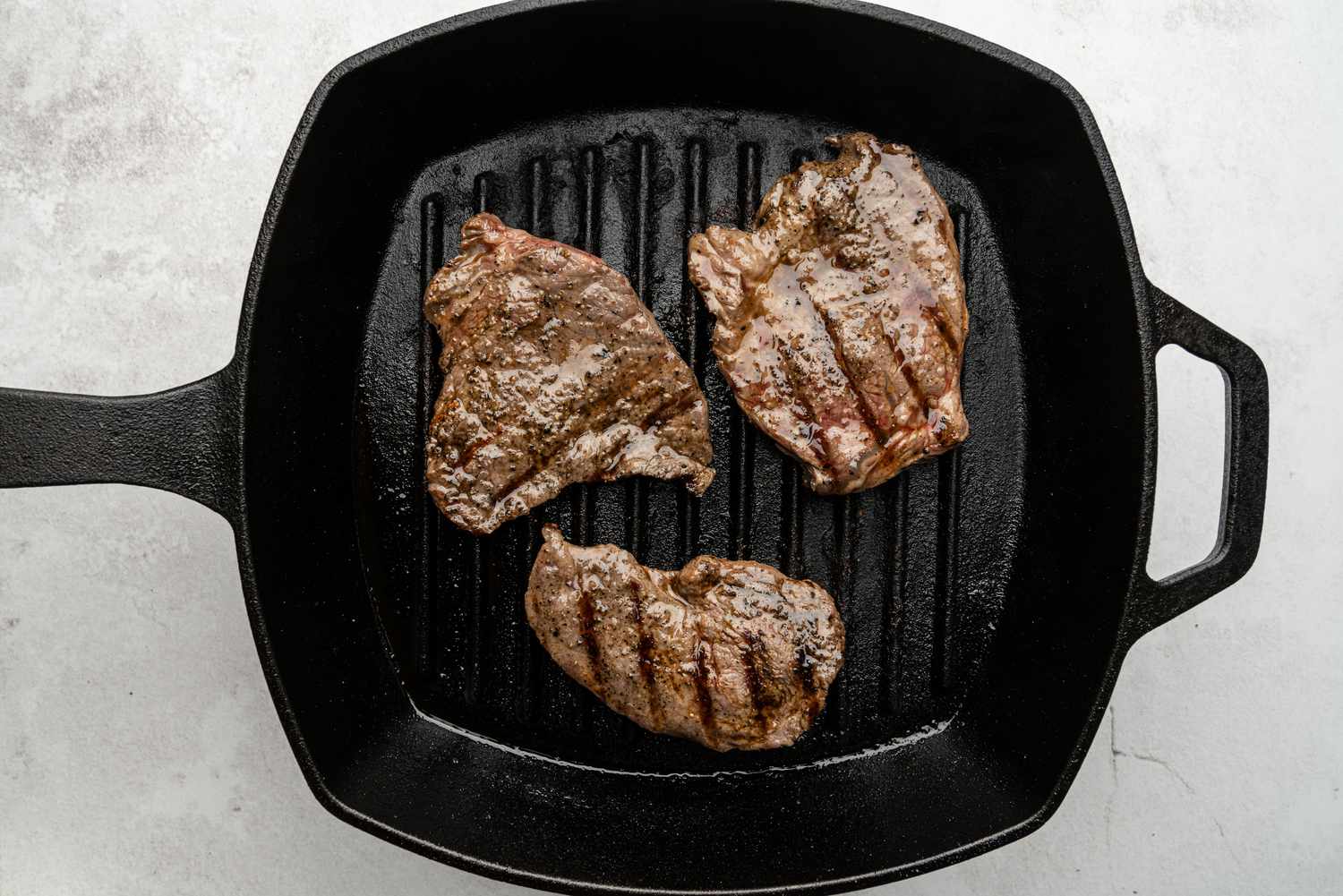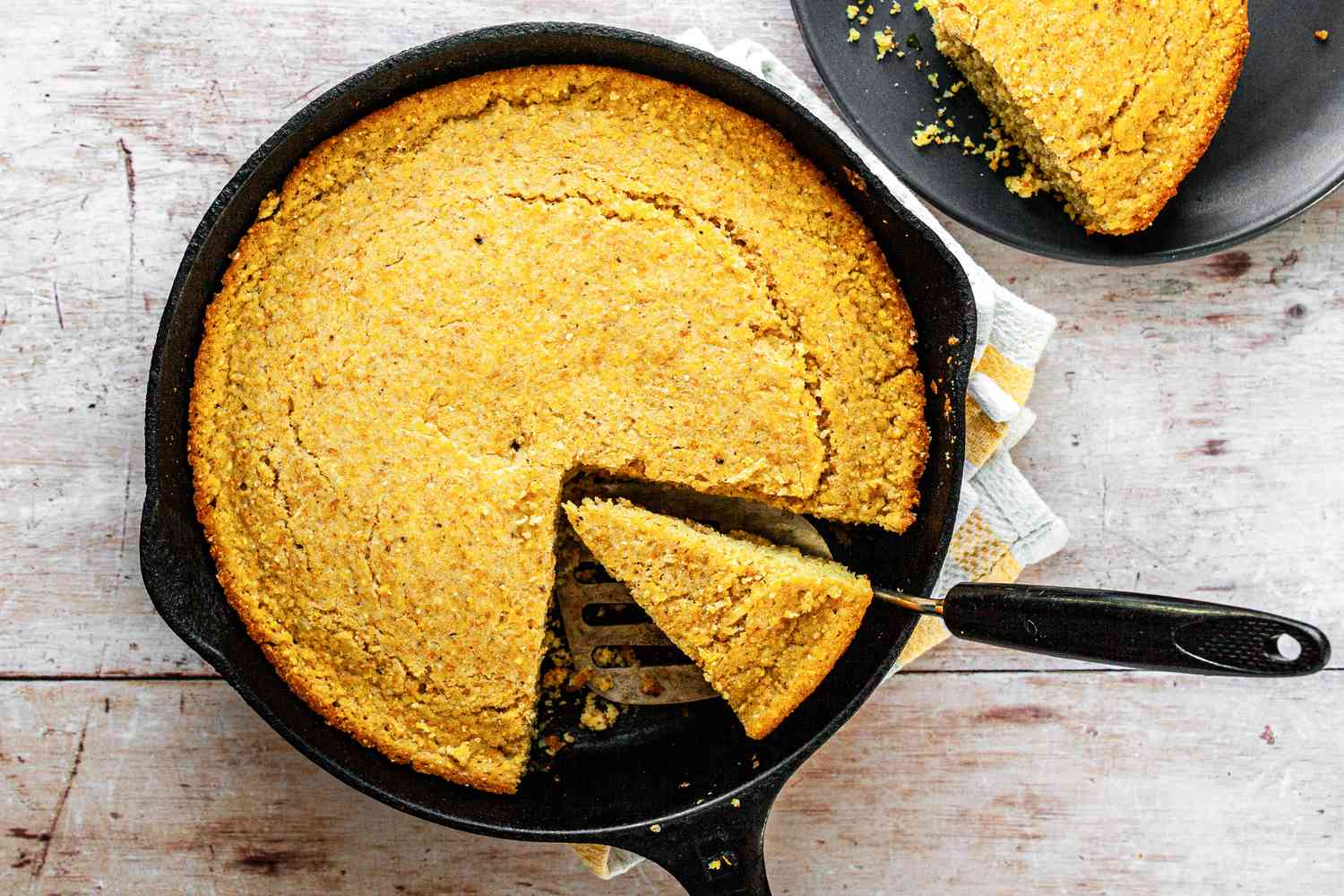Mastering the Art of Pan-Frying Bacon
Welcome to the wonderful world of bacon! If you’re a fan of this crispy, savory delight, then you’re in for a treat. Pan-frying bacon is a simple yet satisfying cooking method that can elevate your breakfast or add a flavorful twist to your favorite dishes. In this guide, we’ll explore the step-by-step process of pan-frying bacon to perfection.
Choosing the Right Bacon
Before you start pan-frying, it’s essential to select the right type of bacon. Look for thick-cut bacon to ensure that it holds its shape and texture during the cooking process. Additionally, consider opting for uncured bacon if you prefer a more natural flavor without added nitrates or nitrites.
Preparing the Pan
Begin by selecting a heavy-duty skillet or frying pan. A cast-iron skillet works exceptionally well for pan-frying bacon due to its ability to distribute heat evenly. Place the skillet on the stove and adjust the heat to medium-low.
Pan-Frying Process
Now, it’s time to start the pan-frying process. Follow these simple steps to achieve perfectly cooked bacon:
- Cut the bacon strips in half to fit the skillet, if necessary.
- Place the bacon strips in a single layer in the skillet, ensuring that they don’t overlap.
- Cook the bacon for a few minutes on one side until it starts to brown and the fat begins to render.
- Flip the bacon strips using tongs and continue cooking until they reach your desired level of crispiness.
- Once done, transfer the bacon to a plate lined with paper towels to drain the excess grease.
Tips for Success
Here are some additional tips to ensure that your pan-fried bacon turns out perfectly every time:
- Monitor the heat: Avoid cooking the bacon on high heat, as this can cause it to burn or become overly crispy.
- Use a splatter guard: To minimize grease splatters, consider using a splatter guard while pan-frying bacon.
- Save the bacon grease: Don’t discard the leftover bacon grease! It can be used to add flavor to other dishes or for cooking vegetables.
- Experiment with seasonings: Consider adding a sprinkle of black pepper or a touch of brown sugar to the bacon while it’s cooking to enhance its flavor.
Enjoying Your Pan-Fried Bacon
Once your bacon is perfectly pan-fried, the possibilities are endless. Enjoy it alongside your favorite breakfast items, such as eggs and toast, or use it as a delicious topping for salads, sandwiches, and more. The rich, smoky flavor of pan-fried bacon is sure to add a delightful touch to any dish.
Now that you’ve mastered the art of pan-frying bacon, it’s time to savor the delicious results. Whether you’re a seasoned home cook or just starting out in the kitchen, pan-frying bacon is a simple and rewarding technique that can elevate your culinary creations. So, grab your skillet and some quality bacon, and get ready to enjoy the irresistible aroma and flavor of perfectly pan-fried bacon!
Was this page helpful?
Read Next: How To Pan Fry Eggplants
